‘Sober Curious’ Movement Impacts Menus, New Products

Blog Content….
Consumers’ growing focus on eating a healthy diet has contributed to the rise of the “sober curious” trend—the interest in non-alcoholic drinks that mirror the complexity of alcoholic beverages.
“There seems to be a collective shift in how our culture relates to consumption,” said Jocasta Hanson, owner of Honey Elixir Bar in Denver.
The bar is known for concoctions such as Unicorn Heart Song, which includes house-made coconut mylk, vanilla butterfly pea flower, rainbow lemurian flowers and other exotic ingredients. Many of the non-alcoholic “potions” on the menu contain herbal crystals, and many of the drinks feature on-trend functional ingredients such as ashwagandha, damiana and tribulus. Honey Elixir Bar also offers a selection of more traditional cocktails with unique touches.
“I think on a grand scale people are becoming more keenly aware of the effects of outside stimulus on the body,” said Hanson.
She says Honey Elixir Bar doesn’t view its non-alcoholic drinks as “mocktails,” and non-alcoholic drinks for the sober-curious are sometimes called, because they are not modeled after traditional alcoholic drinks.
“Instead we are crafting conceptual drinks that may elicit a thought or feeling,” she says. “We curate color, vessel, herbal ingredients, methodology and other non-traditional ingredients, each of which support the ‘idea’ of the drink,” says Hanson.
According to Mintel research, more and more consumers are shunning alcohol or at least cutting back. Mintel reported that total U.S. per capita alcohol consumption decreased an estimated 3 percent from 2015 to 2019. In addition, the the incidence of mocktails on restaurant menus increased 32 percent for the year ending in the third quarter of 2019.
“A cultural shift is underway in how consumers perceive both alcohol and sobriety,” said Caleb Bryant, associate director, food and drink at Mintel, in a recent blog post. “The wellness movement has extended to the alcohol market with many wellness-minded consumers rethinking their relationship with alcohol in order to lead healthier lives.”
The movement has helped drive the popularity of temporary “alcohol vacations” such as Sober October and Dry January, and spawned hash tags on social media such as #SoberCurious and #SoberIsSexy.
Other bars and restaurants around the country have also expanded their “zero proof” drink offerings, and several products, such as shrubs and various mixers, have emerged for making non-alcoholic drinks.
Last year Adam Fleischman, the founder of Umami Burger, opened a pop-up bar in Los Angeles called Sour Tooth that featured his Pinnacle Potions non-alcoholic beverage brand, which makes a variety of apple cider vinegar-based shrubs.
Ben Branson, founder of Seedlip, a maker of mixers that are used in non-alcoholic cocktails, said consumers’ increased awareness around health issues has helped drive the trend.
“Globally, we are at the beginning of a paradigm shift in the role that drinking plays in people’s lives,” he says. “People are increasingly more mindful of their health, and this is forcing a recalibration of our relationship with alcohol.”
Branson sees four key cultural forces driving what he calls this “zero proof” movement:
- Increased awareness of the impact of foods and beverages on health. “We have an unprecedented amount of information at our fingertips and curiosity to understand what we put in our bodies,” he said.
- Increased consciousness that our public behavior could go viral. “No one wants THAT video appearing on Instagram,” Branson notes.
- Consumers are interested in the quality of the ingredients in the products they consume, as well as issues around sourcing.
- Consumers are busier than ever balancing their hectic lifestyles. “We have less time to waste—especially being hung over,” he said.
Another ingredient that is making its way into the non-alcoholic drink trend is the rise of CBD-infused beverages. Last year, Sprig, a maker of CBD-infused sodas, unveiled an array of mocktail recipes using its beverages.
“CBD gives a non-alcoholic beverage a functional aspect by offering a natural calmness and sense of relaxation,” said Ethan Feffer, founder and CEO of the Newport Beach, Calif.-based company.
Hanson of Honey Elixir Bar said “legal/financial” issues have limited her use of CBD at her establishment, however.
“We did have a CBD beverage on the menu, and will continue to try to utilize this sought-after and on-demand ingredient,” she said.
Related: AB InBev Adds Low and No-Alcohol Beverages; Health Approaches Vary by Generation.
Photo: Bonni Pacheco Photography




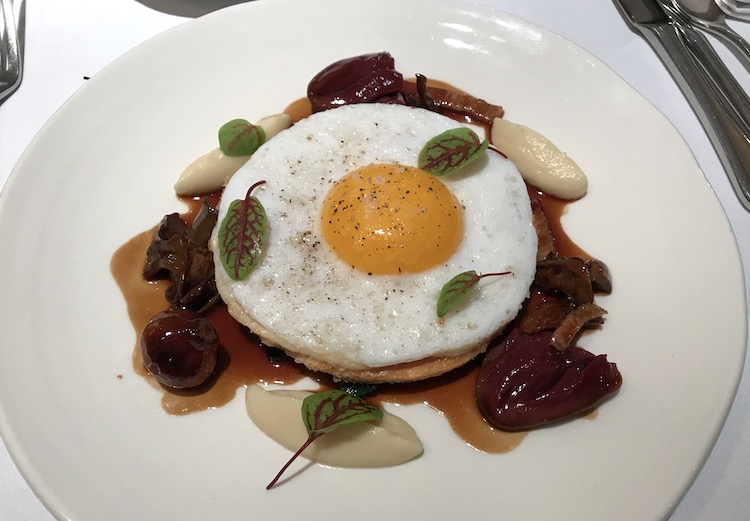
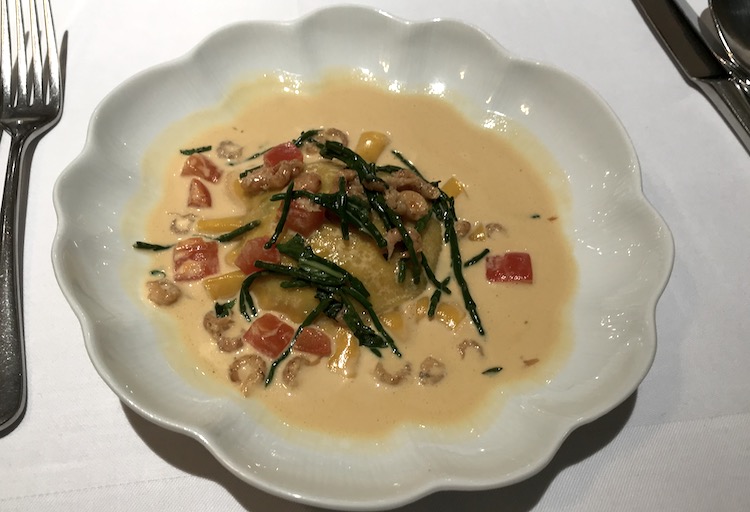
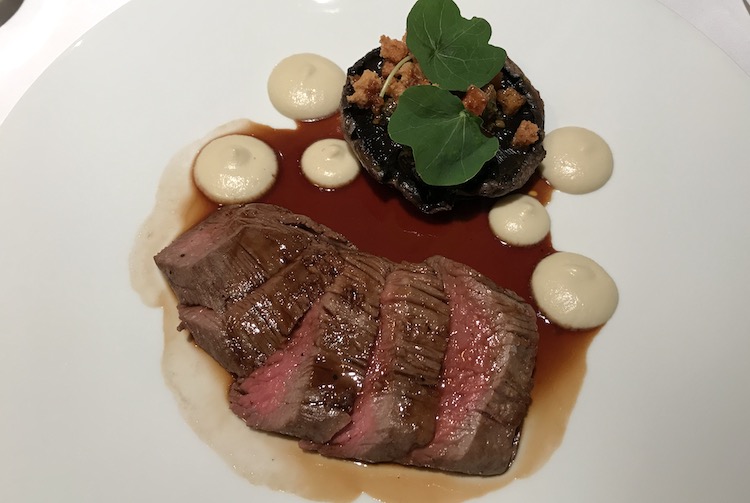

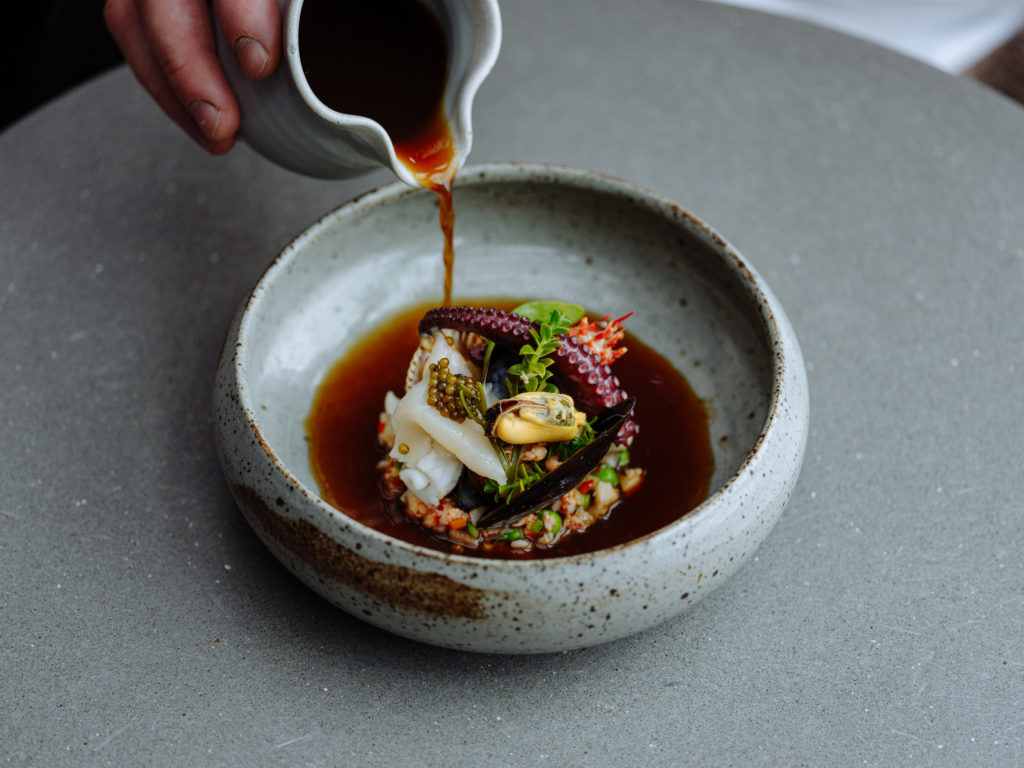
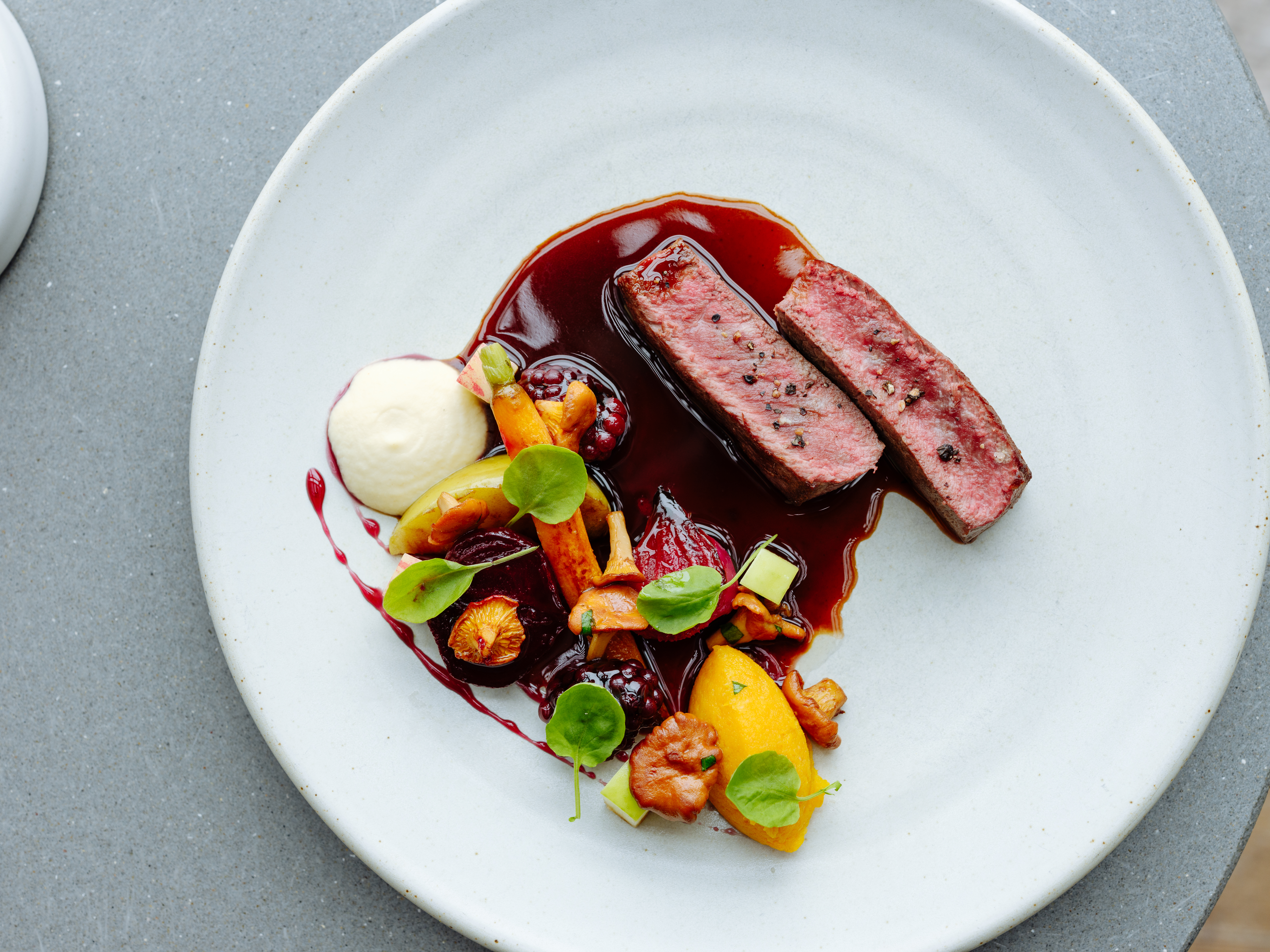
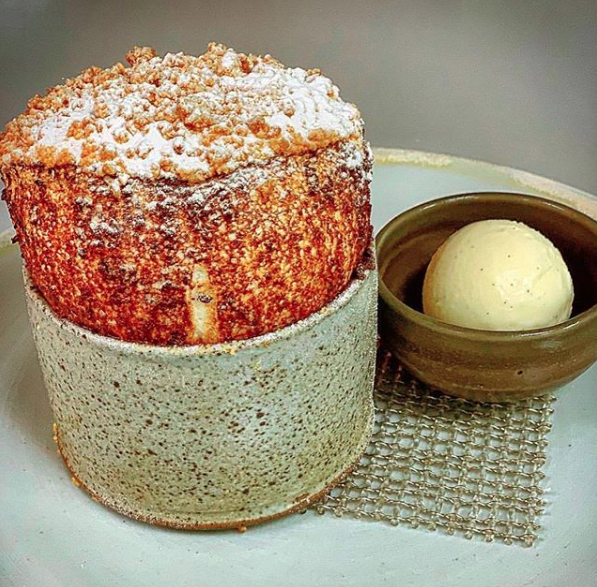


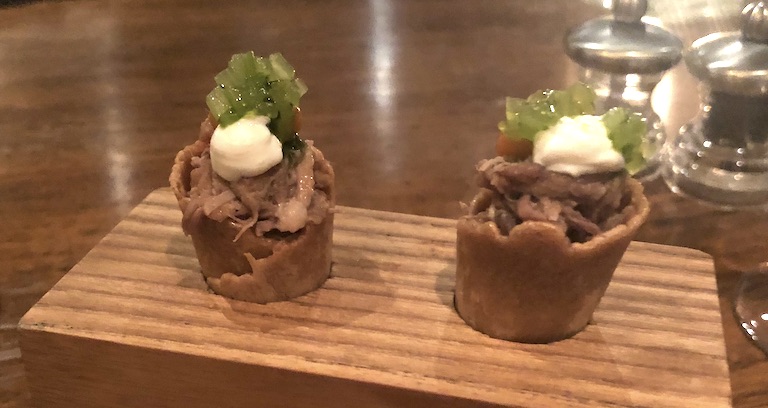

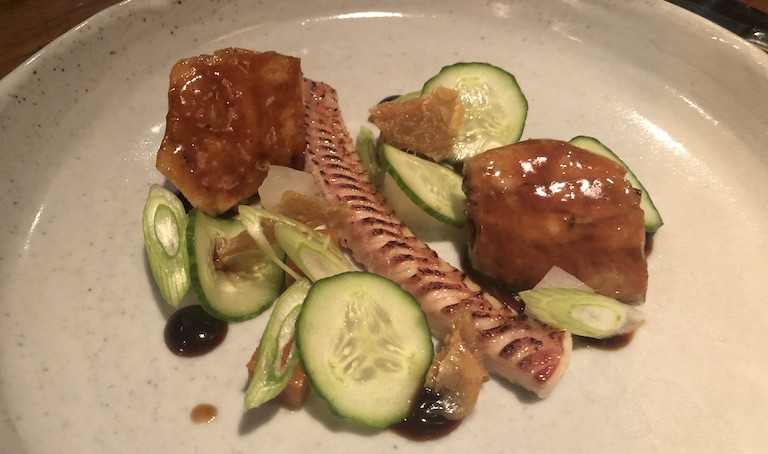
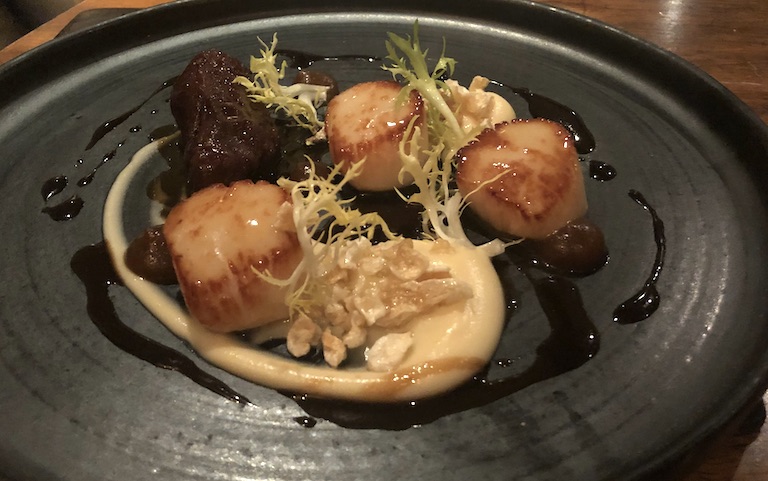
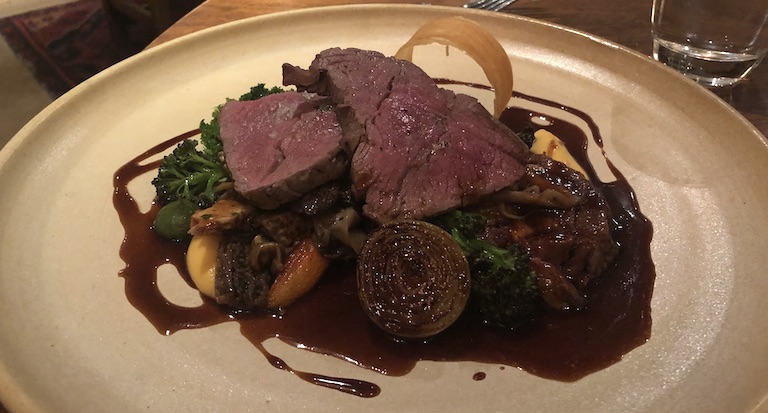
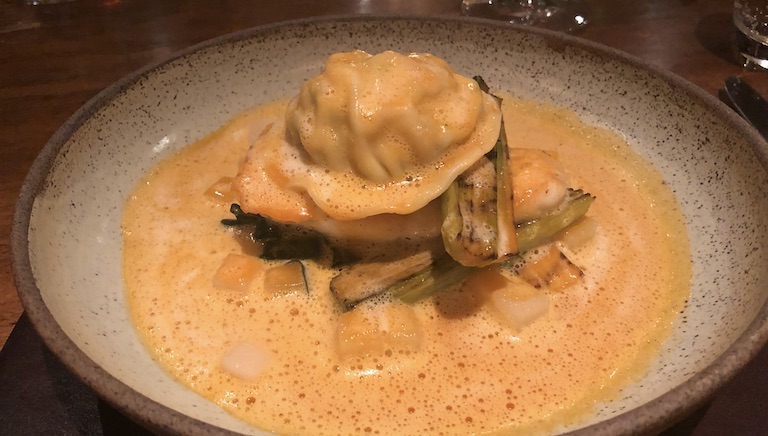


Recent Comments